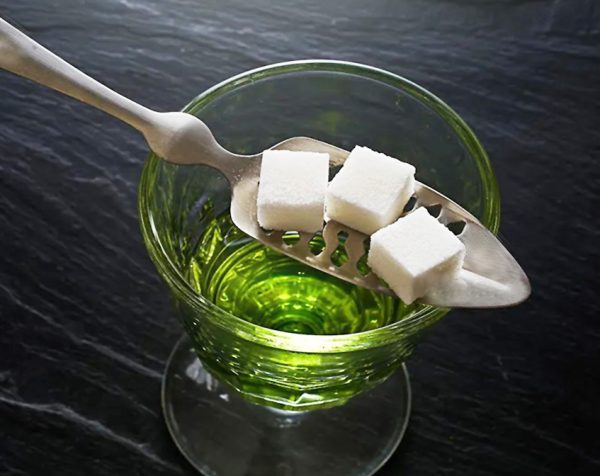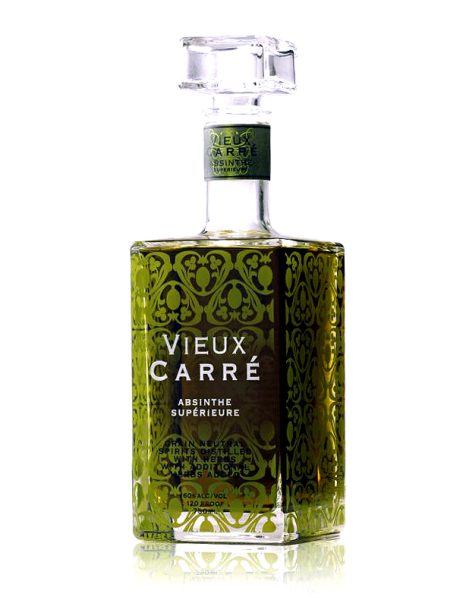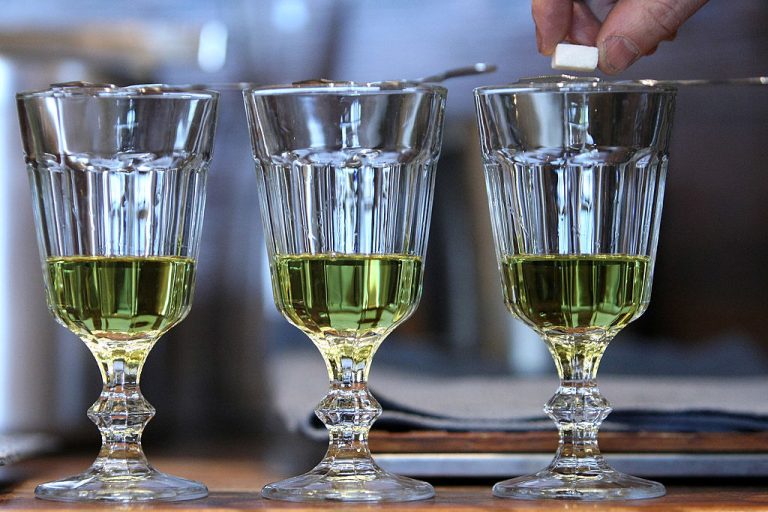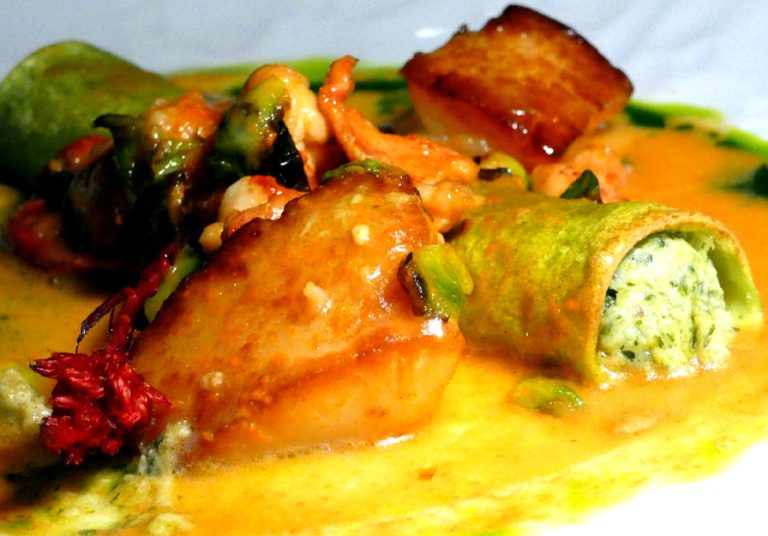Published with permission from LuxuryWeb Magazine
In the heyday of the Belle Époque, the “Green Fairy,” a moniker inspired by absinthe’s unique hue, was the preferred libation of many famed writers and artists in Paris and beyond. Esteemed figures like Rimbaud, Van Gogh, Toulouse-Lautrec, and later, Oscar Wilde, James Joyce, and Ernest Hemingway favored this spirit. Infused with green or star anise, melissa, hyssop, fennel, wormwood, and other botanicals, absinthe has recently made a fashionable comeback.
In the 1800s, it was rumored to be a hallucinogenic aphrodisiac that sparked artistic creativity but was also accused of inducing insanity, leading to its ban across most of Europe and the U.S.
A fascinating revelation occurred in 1998 in London: absinthe was never officially prohibited in England. This led to a number of London bars beginning to stock absinthe, serving the inquisitive during “l’heure verte” or the green hour — a term reminiscent of a century past when Paris’s art scene gathered in cafés and bistros to smoke, flirt, and enjoy absinthe.

The use of petite or grande wormwood for medicinal purposes dates back to ancient Egypt, around 1550 BCE. Originating in Switzerland as a tonic for French soldiers battling malaria and dengue fever, absinthe soon became a daily drink for the French, largely because it was more affordable than other alcoholic beverages.
Success
You are now signed up for our newsletter
Success
Check your email to complete sign up
However, in the early 20th century, it became a scapegoat for societal issues in France and beyond. Misattributing deaths from syphilis to “absinthe abuse” to spare families embarrassment didn’t help its reputation. Modern chemical analyses have since shown that it is no more harmful than other spirits and doesn’t cause insanity.
Today’s absinthe production involves macerating herbs in distilled base grape alcohol (eau de vie) before redistilling them to reduce bitterness and enhance complexity and texture.

As of the early 21st century, nearly 200 absinthe brands are produced in various countries, including the U.S., with strengths ranging from 60 to 150 proof. Thujone, the hallucinogenic component in wormwood, varies in content, with some brands exceeding the European Union’s legal limit of 10 milligrams per kilogram (e.g., La Muse Verte Absinthe from France and Songe Verte from the Czech Republic). However, thujone content is often not indicated on the bottle.
Absinthe’s popularity may ebb and flow with time. New Orleans in the U.S. has formed a special bond with absinthe — where it is celebrated as the origin of the Sazerac, one of the earliest absinthe cocktails. For those curious to try, Philadelphia Distilling’s Vieux Carré is a commendable choice. My own experience a few years ago left a lasting impression, and I still occasionally enjoy it when available at well-equipped bars.
The classic method of preparing absinthe is as follows: “Pour a measure of the green spirit into a tumbler, immerse a spoon holding a couple of sugar cubes until saturated. Ignite the spoon and let it burn above the glass. Once the flame is out, mix the caramelized sugar into the absinthe and add a dash of water” (the high proof often produces a striking blue flame). This results in a pale green, milky concoction that tingles the tongue and awakens the senses.
But a word of caution: limit yourself to two glasses and, please, refrain from any ear-related drastic measures!
For more information on Philadelphia Distilling, visit Philadelphia Distilling.
Visit LuxuryWeb Magazine to see the original article and more.















